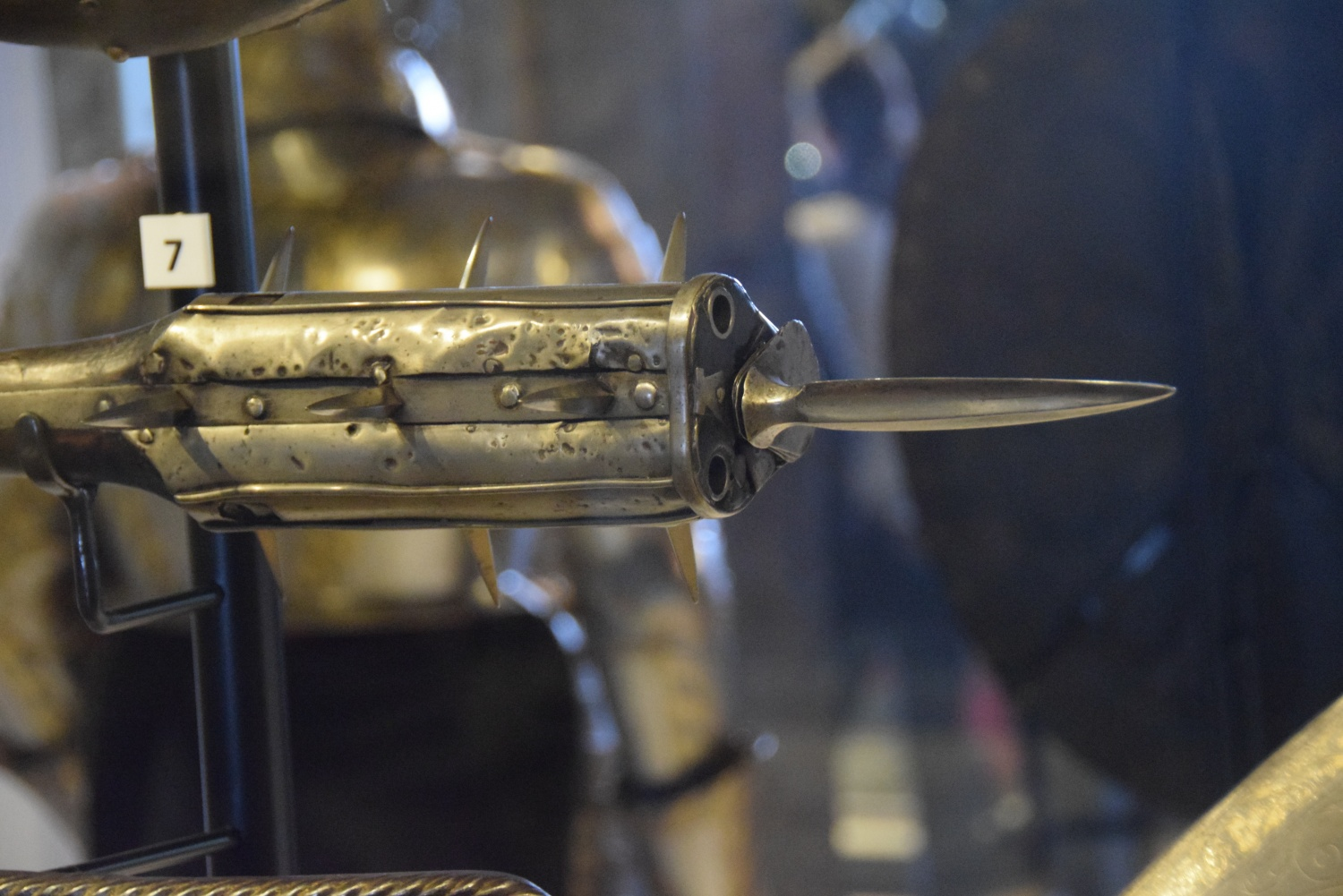
Superimposed Firearms
Take a moment to appreciate the convenience of cartridge-based ammunition. Before cartridges were invented, loading a firearm was a much longer process and shooters were limited to a single shot at a time. Superimposed firearms were intended to solve that problem in the pre-cartridge era.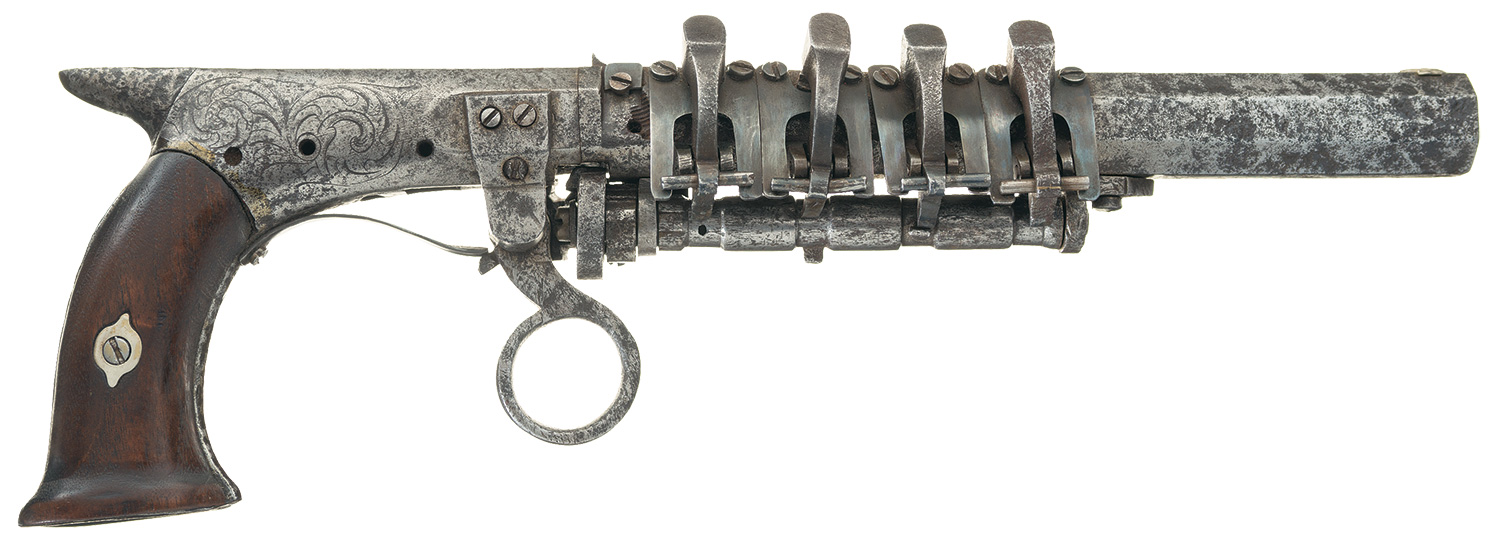
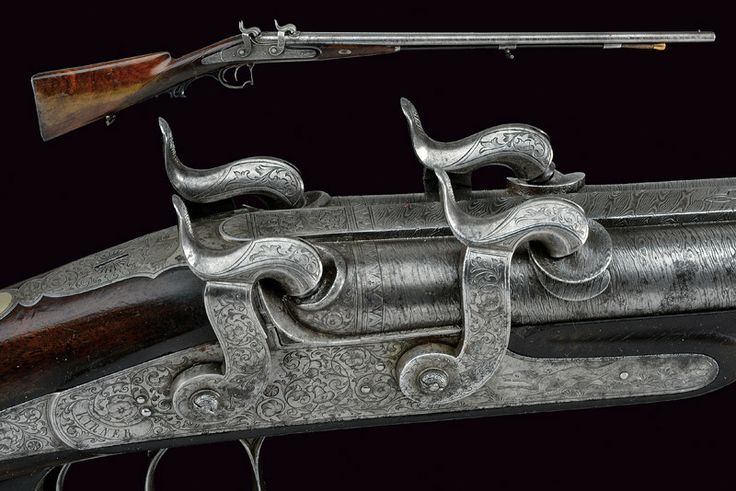
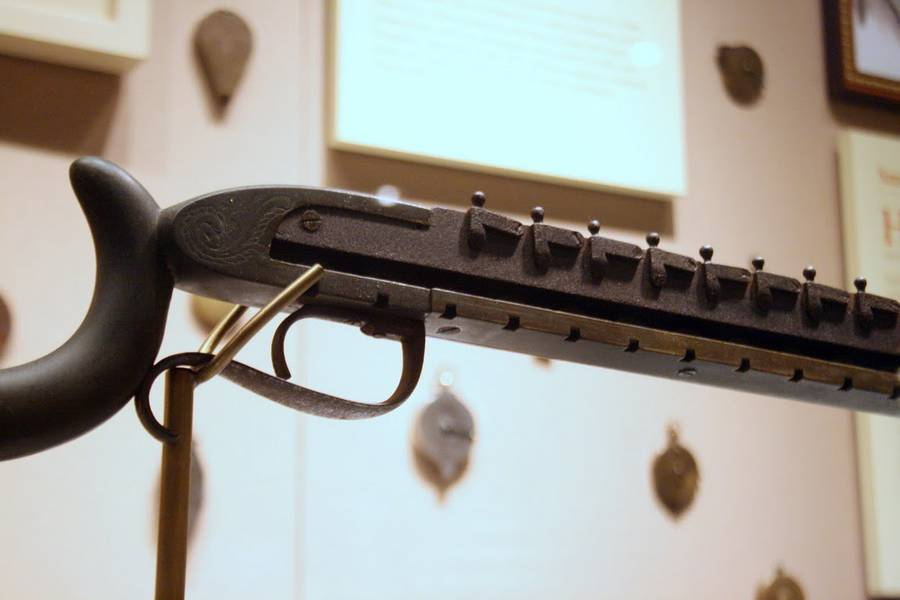
Dardick Revolver
The triangularly shaped round was initially invented post-World War II by United States military researchers looking for a more space effective round for use in machine guns. While triangularly shaped rounds took up 50% less space in the magazine, they were never adopted by the military.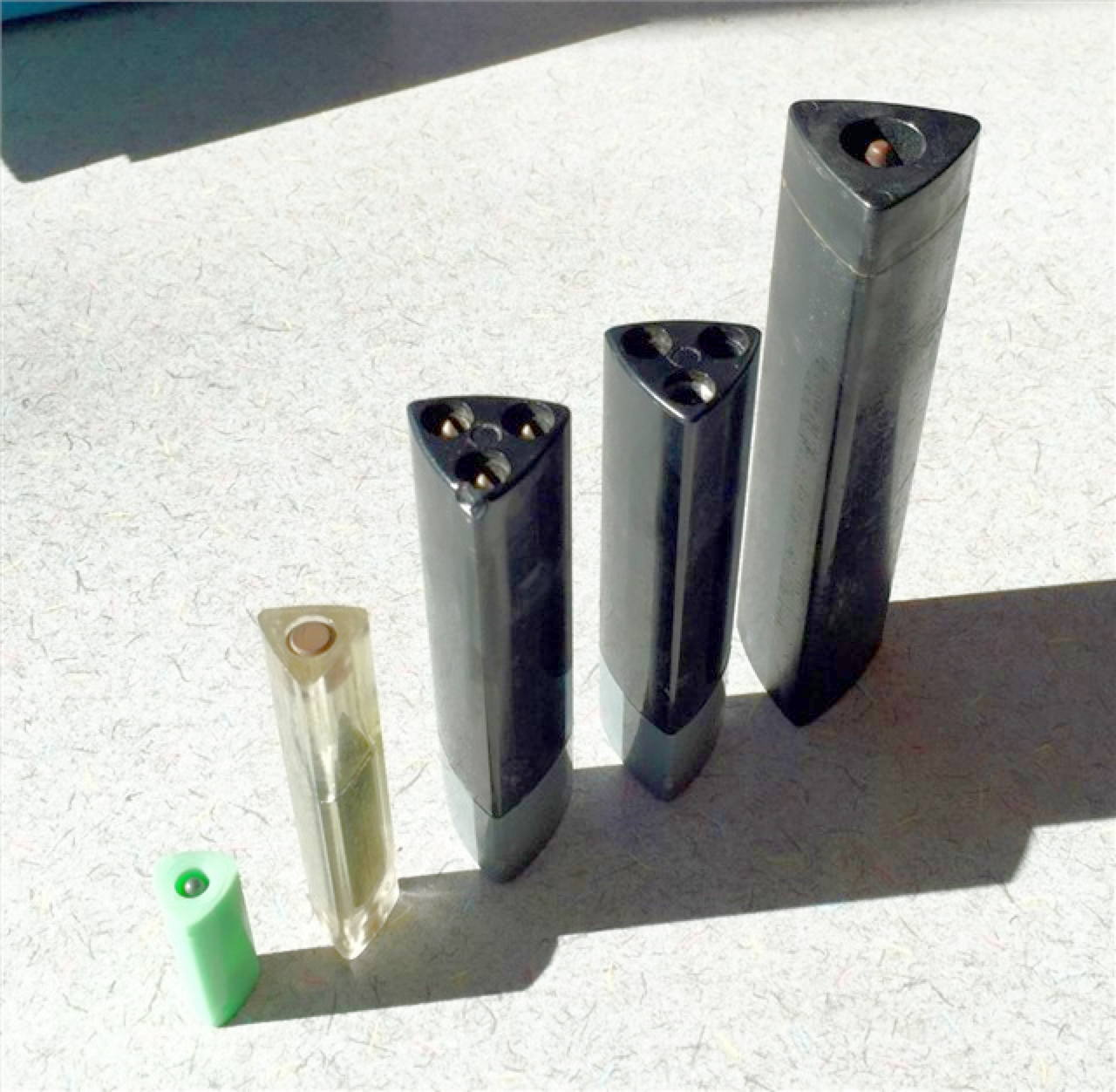
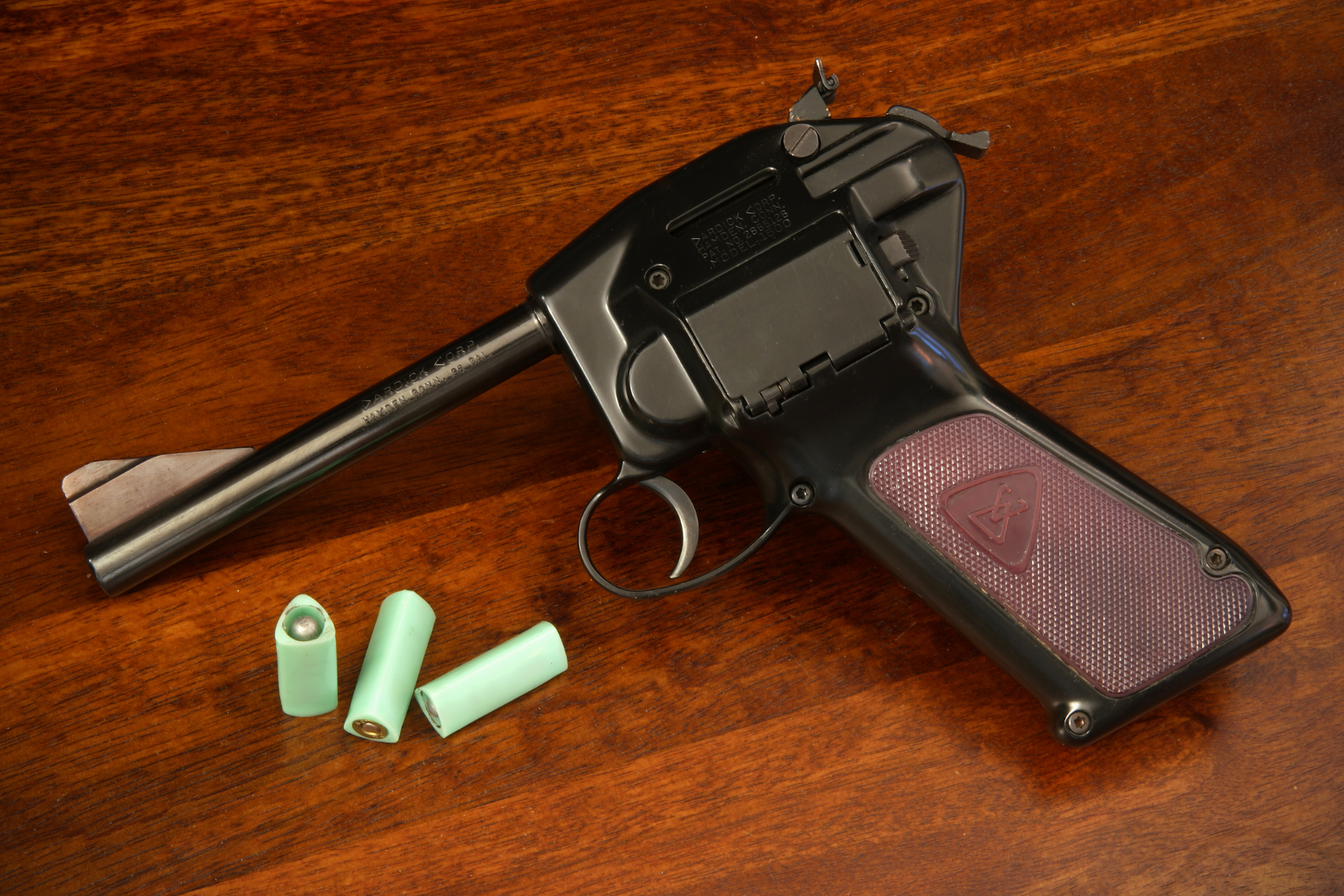
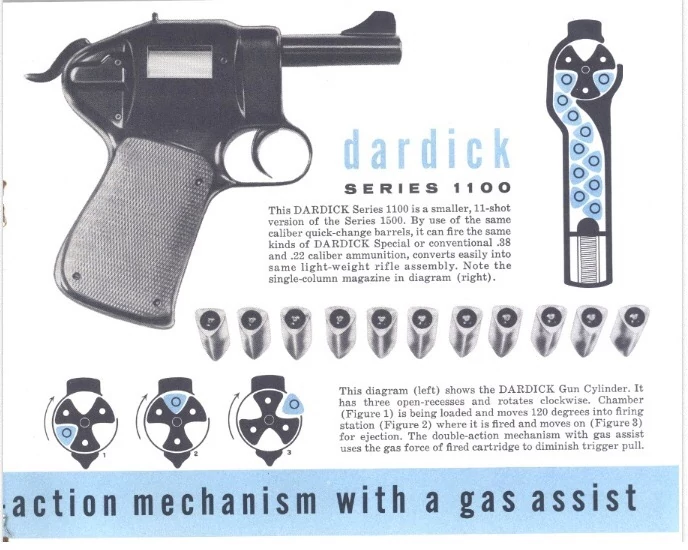
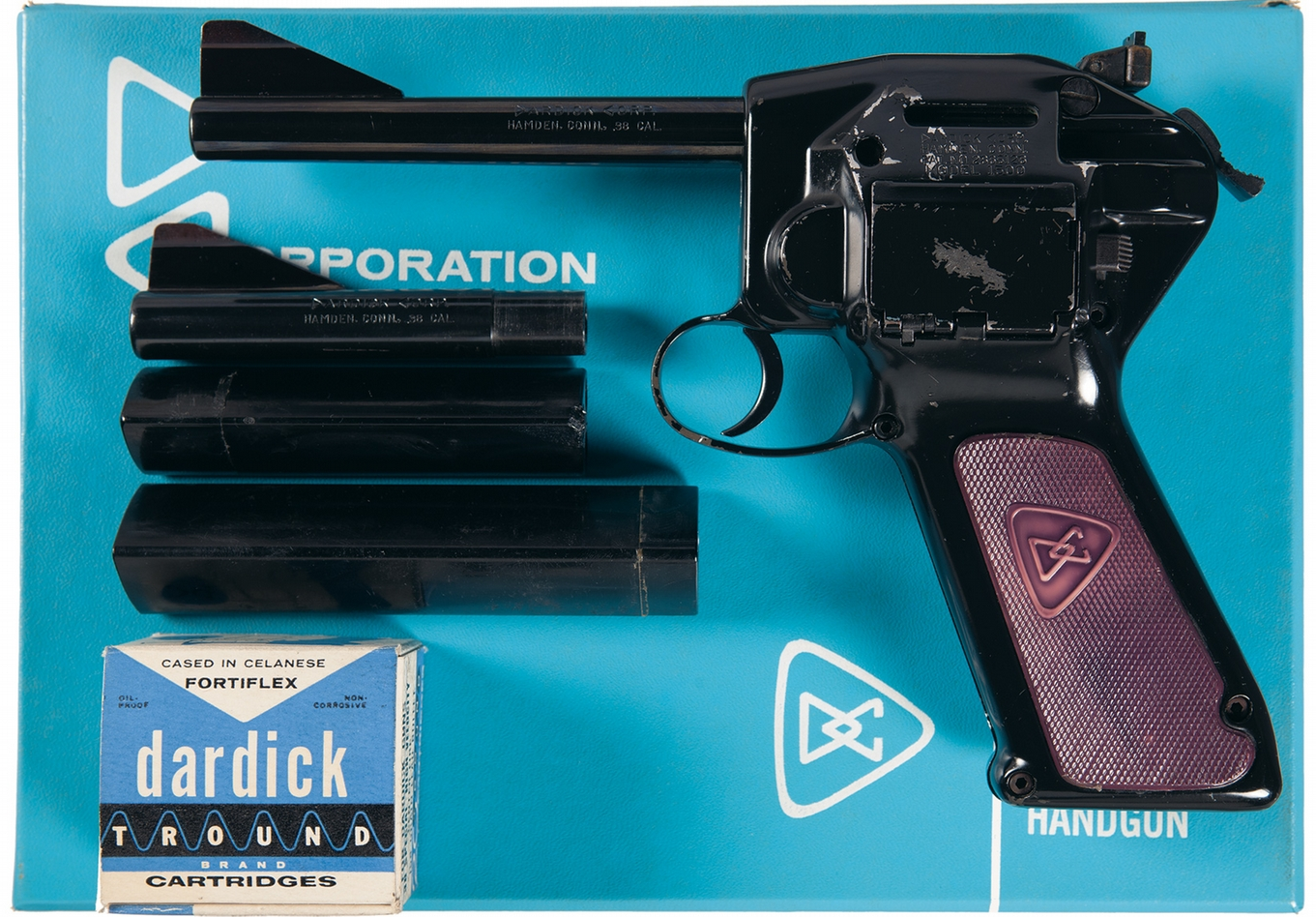
Gyrojet Family of Firearms
Like the Dardick Revolver, Gyrojet firearms, available in both pistol and rifle configurations, are most notable because of their odd ammunition.
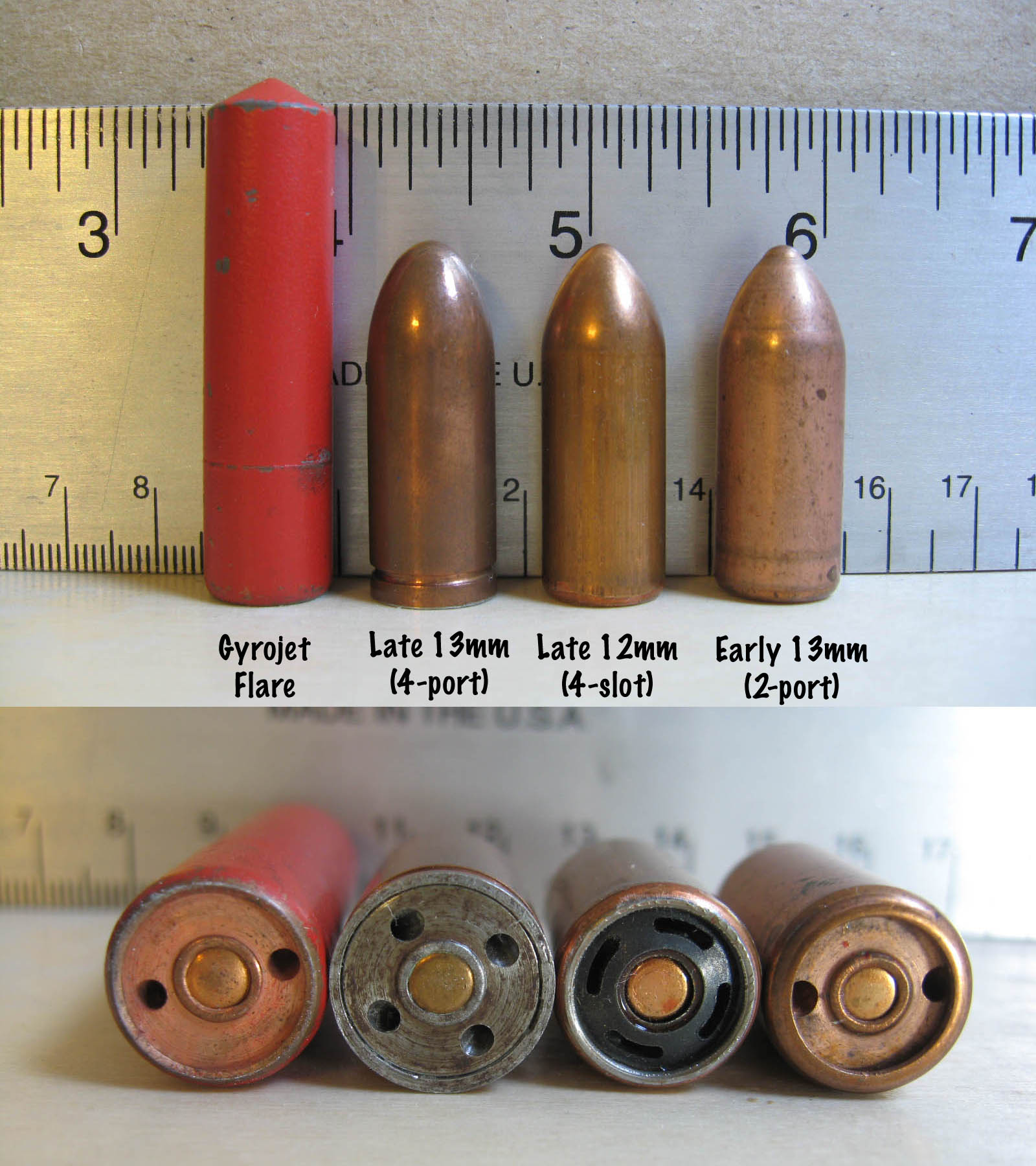
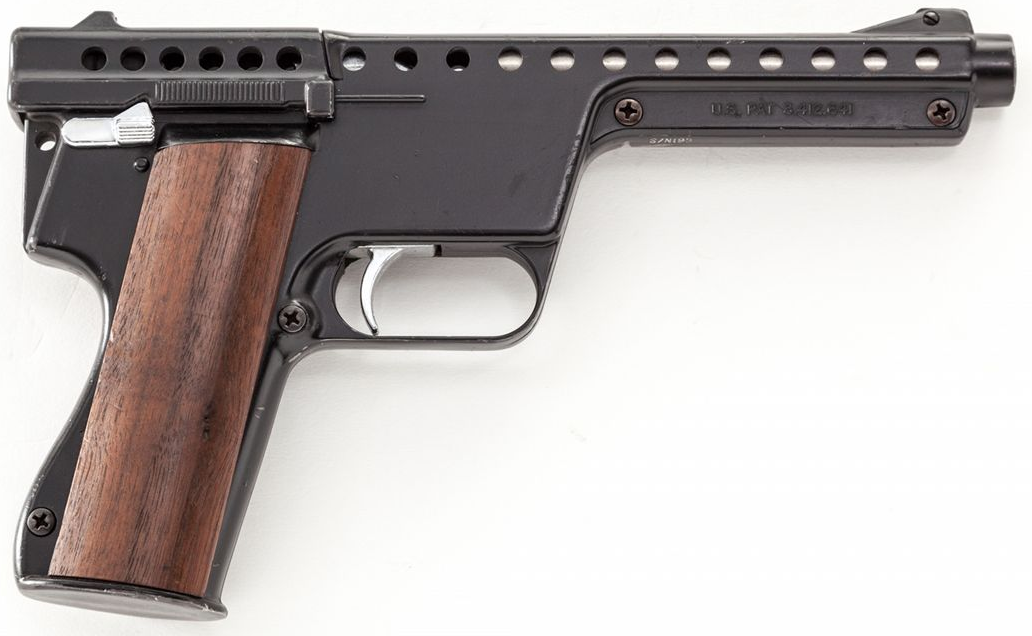
Davy Crockett Nuclear Rifle
You probably know that the US put a lot of time and resources into nuclear weapons development during the Cold War with varying levels of success. One of these weapons was the Davy Crockett nuclear rifle.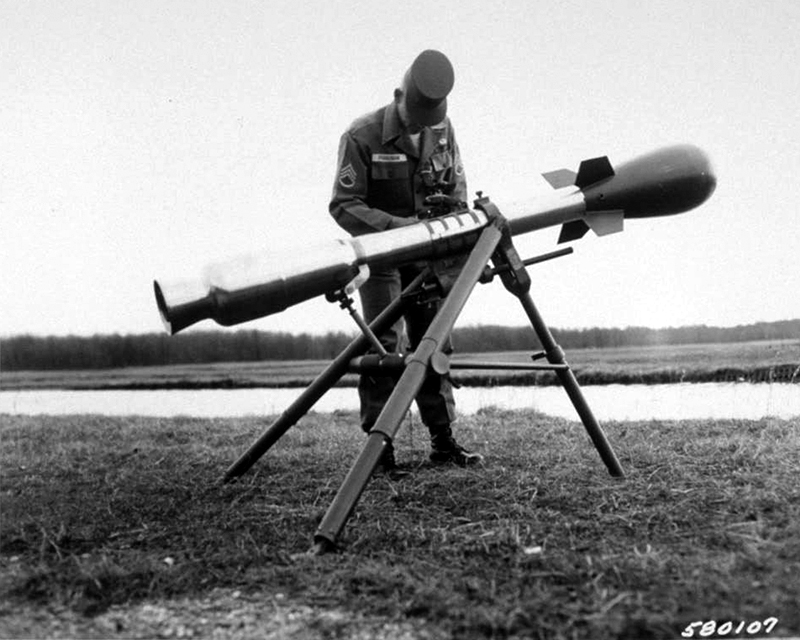
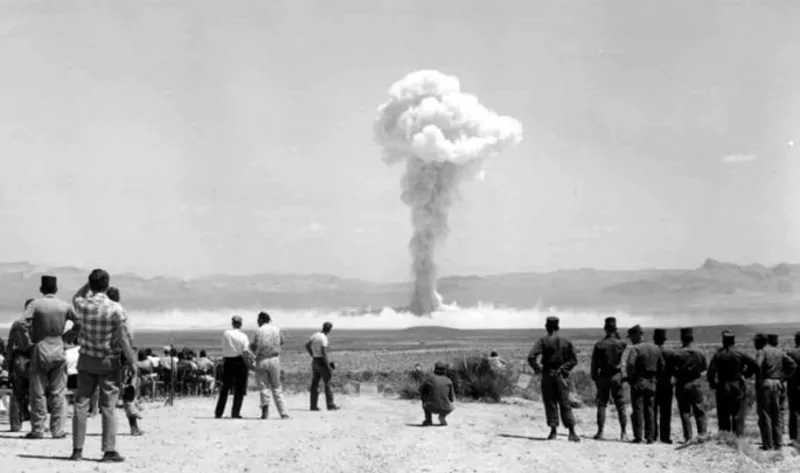
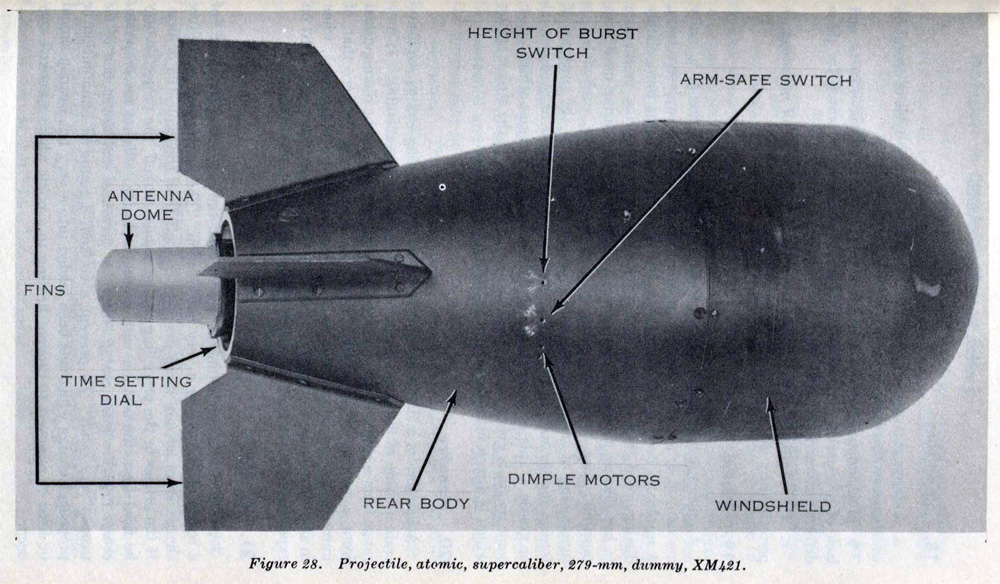
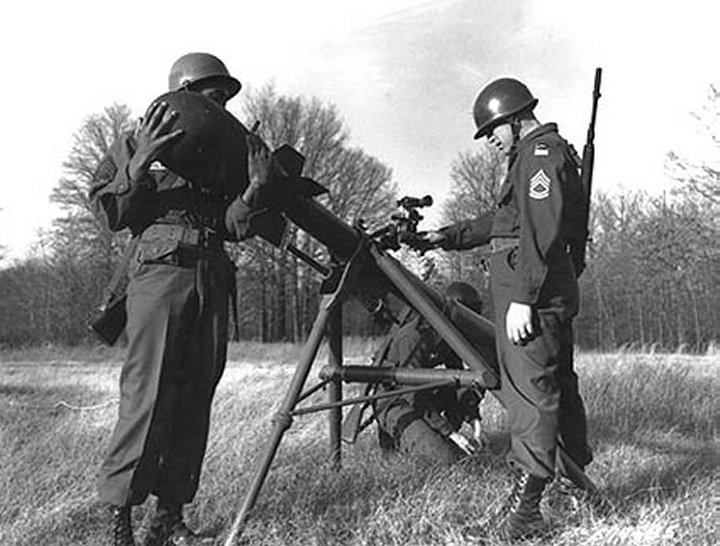
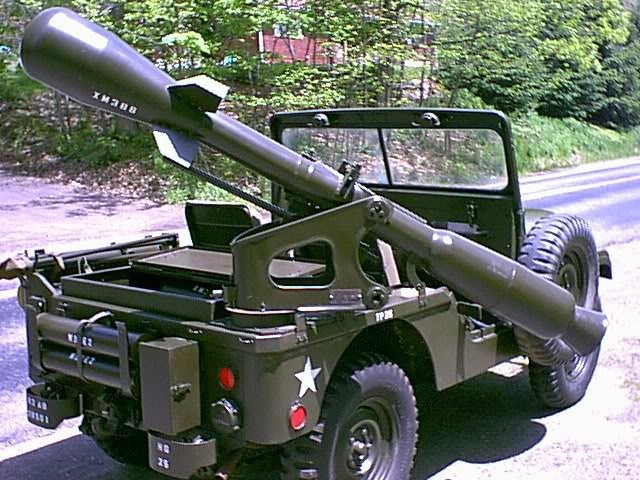
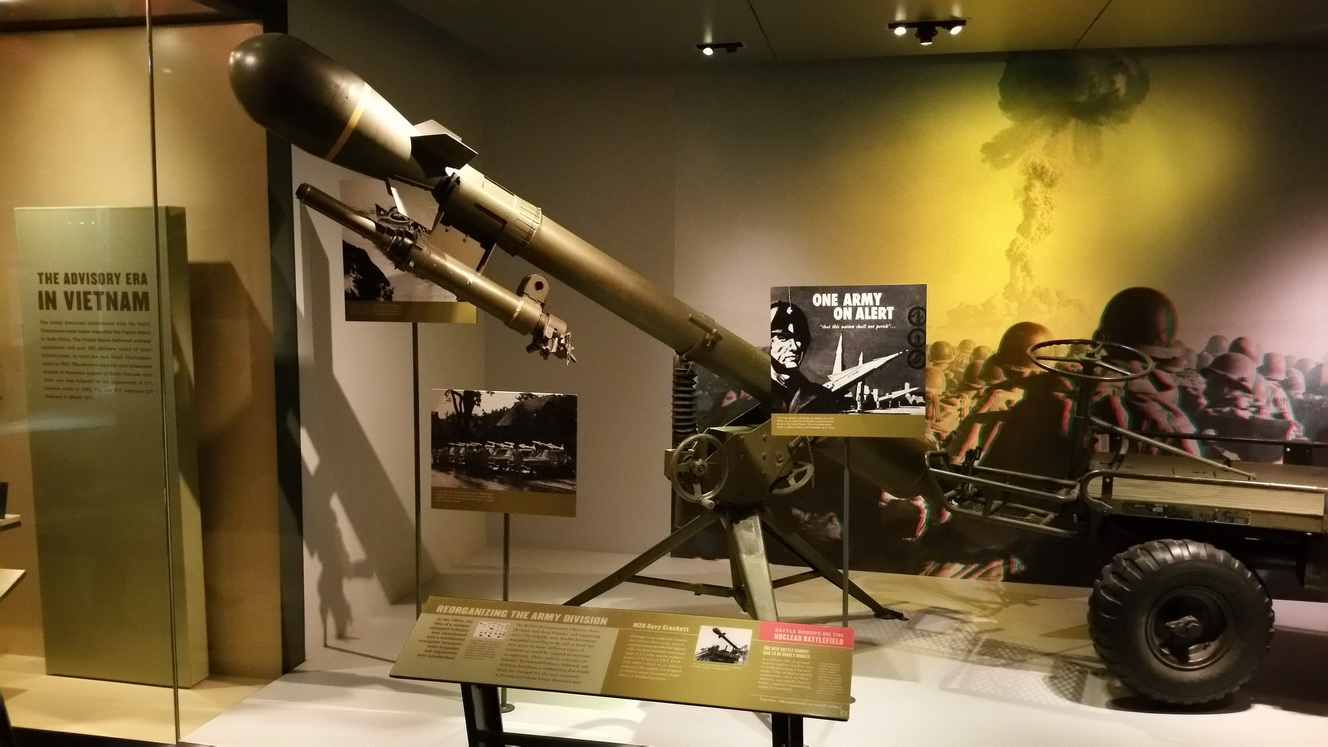
Some Final Thoughts
Looking back at weird guns is a great reminder of the wildness of human creativity and innovation. Though these guns never got to be widely used, their designers deserve kudos and respect for their out of the box thinking, even if it didn’t always lead to the highest quality firearm.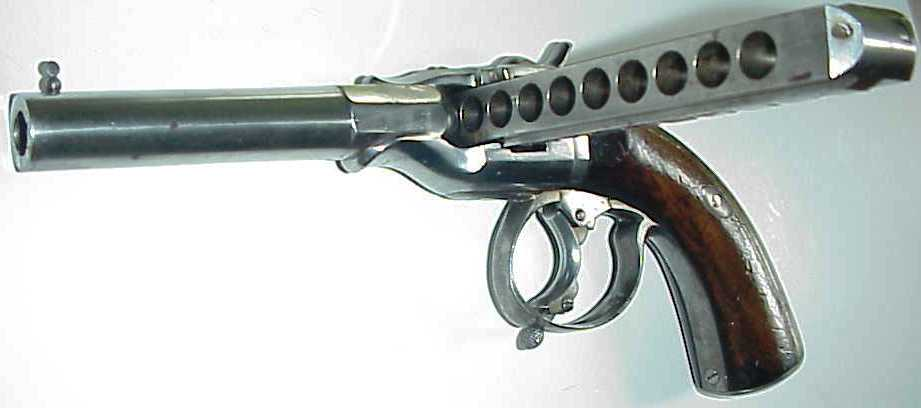

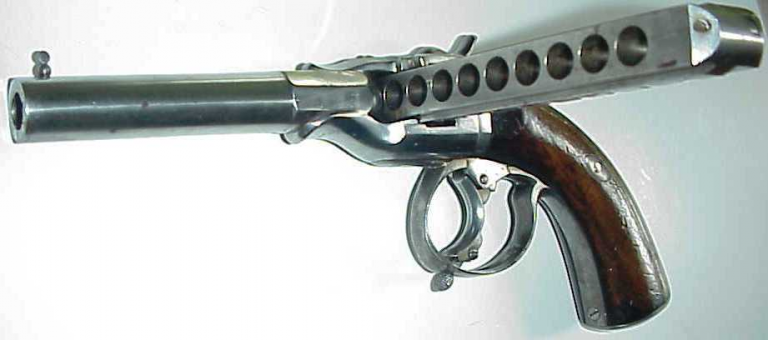







5 Leave a Reply
great article i really enjoyed it
Wow! Never heard of the Davy Crockett nuke rifle, now I see where my favorite game "Fallout" got the idea for their nuke launcher rifle.
love the article...
I enjoyed the Crazy Guns" article. I remember seeing some of the "Gyro-jets" in the past. Never fired one or saw one fired. I do have an old relic Iver Johnson revolver, cal. 32 that has a very modern safety device on the trigger. It is made just like the Glocks and other striker fired pistols. So "everything old is new again"!
Great article and the idea of innovative thought to fix a problem is the mother of invention!